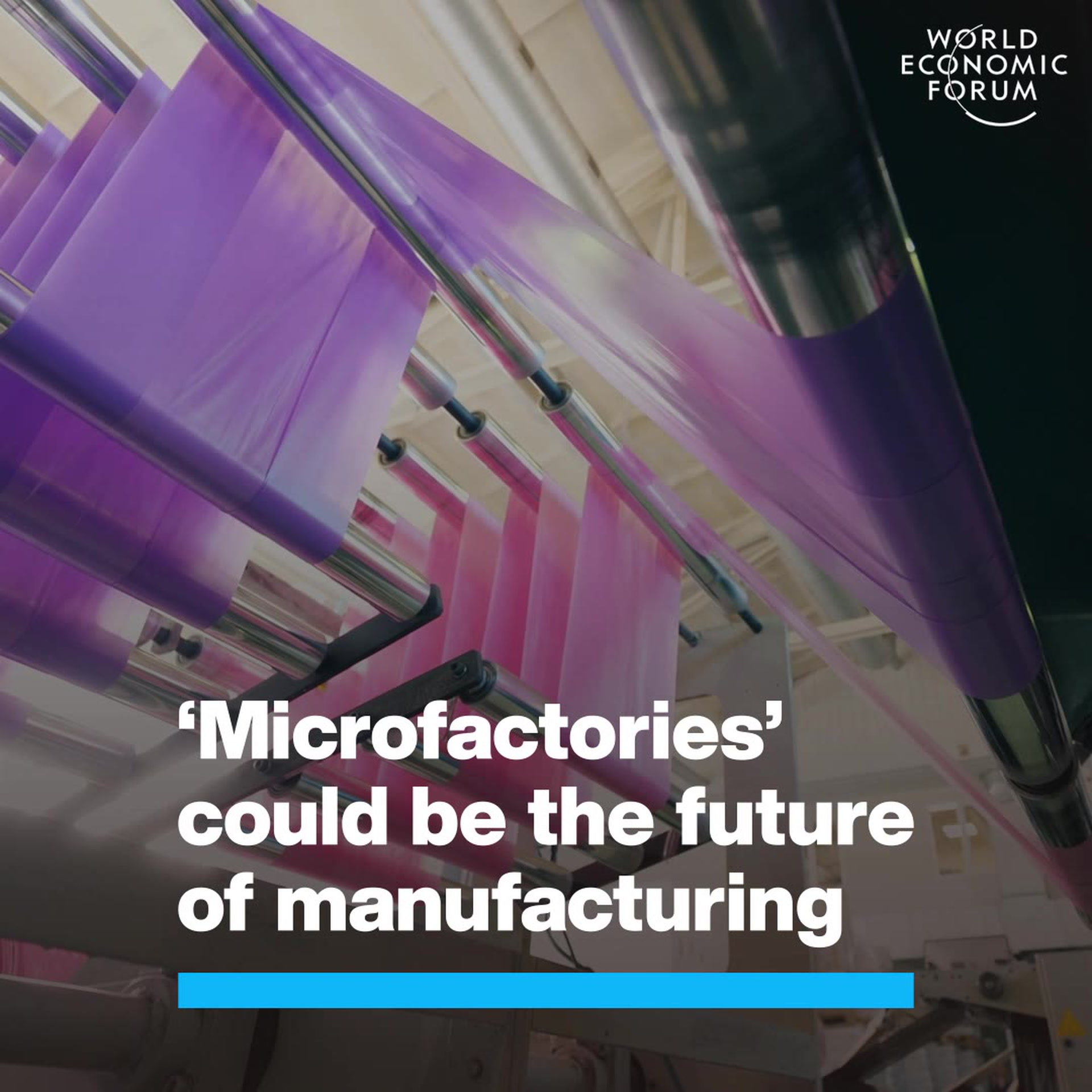How local hijab producers could make an economic impact in Indonesia

Only 25% of the hijabs bought by Indonesians are produced locally, which is a missed opportunity for the economy Image: REUTERS/Ajeng Dinar Ulfiana

Get involved with our crowdsourced digital platform to deliver impact at scale
Stay up to date:
Advanced Manufacturing
Listen to the article
- Only a quarter of the 1.02 billion hijabs bought annually by Indonesians are produced in the country.
- Local companies such as ZM and Pak Iyus are making an economic impact.
- Cloud manufacturing allows small companies to increase their reach while keeping costs low.
Indonesians buy 1.02 billion hijabs per year, spending roughly $6.09 billion, according to industry leaders. But only 25% of the hijabs bought by Indonesians are produced locally, which is a missed opportunity for the economy. If the entire hijab market were produced locally, the effect on Indonesia's economy would be significant. Globally, spending on "modest fashion" – as hijabs and other Islamic-inspired fashion are sometimes called – increased by 5.7 per cent in 2021, up from $279 billion to $295 billion. The sector is expected to grow a further 6 per cent this year, reaching $313 billion.
ZM Zaskia Mecca (ZM), is an Indonesian business established in 2016 with headquarters in trendy South Jakarta. Over the years they have built a large following, selling up to 70,000 pieces per month at an average price of $5.97. They produce their goods locally, using a hybrid system of cloud manufacturing and conventional factory production. This enables them to keep production costs low, while also being flexible and scalable, and has enabled ZM to grow rapidly while also producing good quality products.
Hijab manufacturing and the Indonesian economy
The hijab manufacturer Pak Iyus is based in Bandung, 150km from ZM’s headquarters. Pak Iyus built a cloud manufacturing system, modeled and adapted from other similar systems from China and Vietnam. It has enabled him to keep pace with demand: at the height of his business between 2015 and 2017, he was able to produce 150,000 garments per day. His workshop has enabled ZM and other local fashion brands to focus on marketing and design, while outsourcing production to cloud manufacturing systems.

Although hijab production is simple, it involves multiple steps including cutting, sewing, labeling and packing. To reduce costs, Pak Iyus breaks down the process into high intensity yet easy labor, and more highly-skilled labor. He outsources the low skilled work into the community, while the high skilled work is done in the factory. Once the products are prepared at the factory, Pak Iyus sends the goods to a fulfillment company. In this way, the $2.39 that he receives per product makes an impact on the wider neighbourhood.
Similarly, as demand for ZM's products has grown rapidly, the company has spread production to several cities, and also relies on a number of other local companies to provide services such as packing and delivery.
How is the World Economic Forum ensuring sustainable global markets?
Currently Indonesia is estimated to have 68 million small and medium-sized enterprises, like ZM and Pak Iyus. The next ten years could be a golden opportunity for these businesses to grow, as the country is predicted to reach the height of its demographic dividend, when the share of population in working ages will be at its highest level, between 2020 to 2030. If more goods start to be produced locally, it could truly transform the economy.
Don't miss any update on this topic
Create a free account and access your personalized content collection with our latest publications and analyses.
License and Republishing
World Economic Forum articles may be republished in accordance with the Creative Commons Attribution-NonCommercial-NoDerivatives 4.0 International Public License, and in accordance with our Terms of Use.
The views expressed in this article are those of the author alone and not the World Economic Forum.
The Agenda Weekly
A weekly update of the most important issues driving the global agenda
You can unsubscribe at any time using the link in our emails. For more details, review our privacy policy.
More on Advanced ManufacturingSee all
Stephanie Wright, Memia Fendri and Kyle Winters
February 13, 2024
Maya Ben Dror and Lena McKnight
January 31, 2024
Dr. Matthew Putman
January 17, 2024
Kyriakos Triantafyllidis and Andreas Hauser
January 16, 2024







